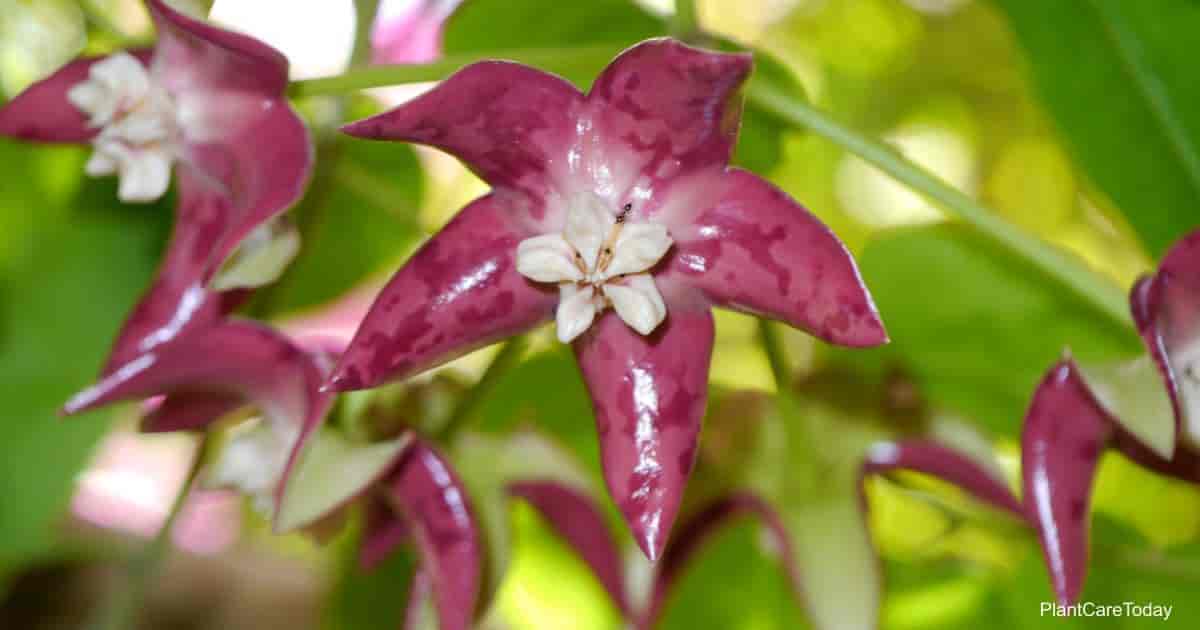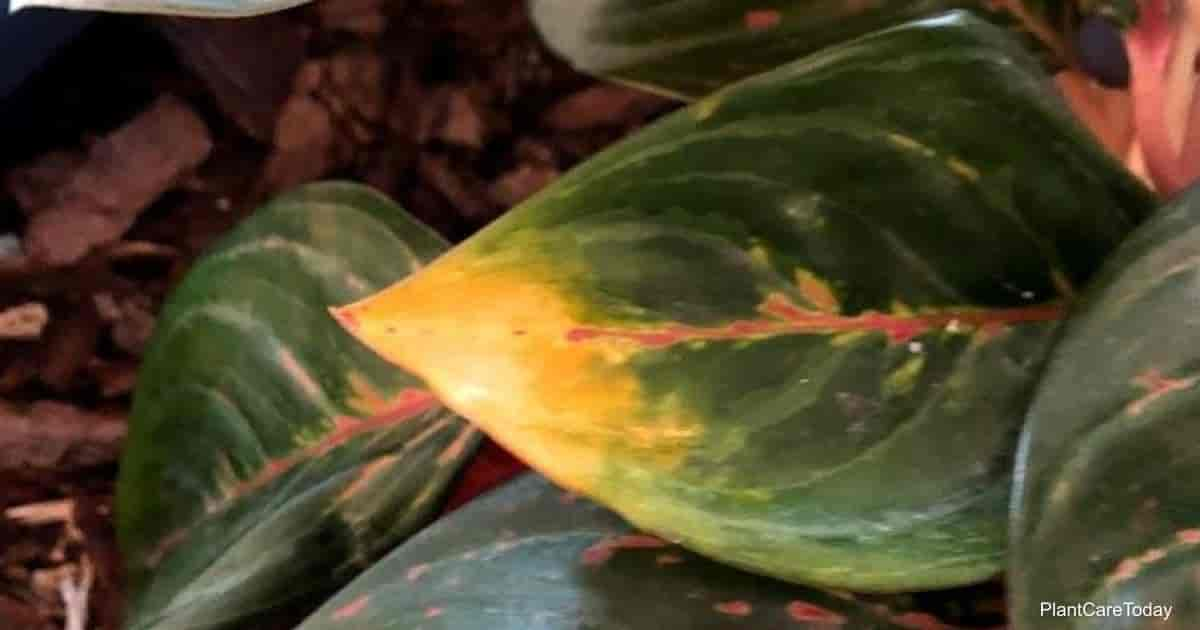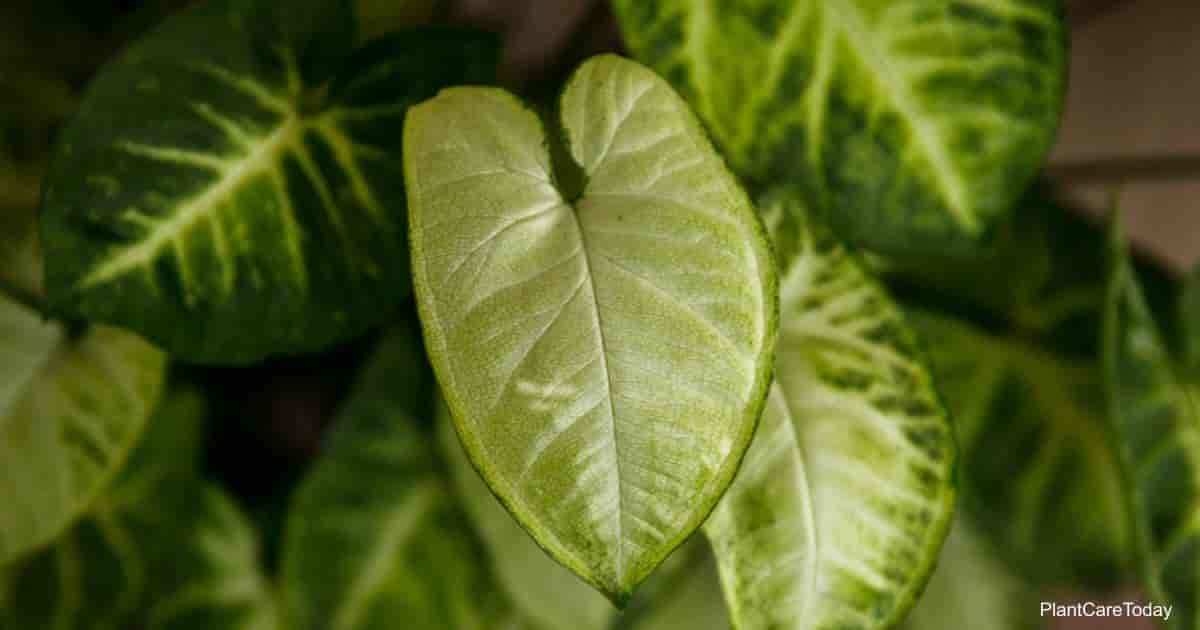The many types of Hoya plants (also called wax plant) come in various shapes, sizes, and colors, with over 300 different species. Each variety possesses its beauty within each bloom. But the popular house plant requires some care and attention to maintain its beauty.
One of the most common mistakes people make when growing Hoya plants is lighting. While this may seem obvious, fulfilling ethical Hoya light requirements is crucial to your plant’s growth. Not doing so can prevent your Hoya from blooming.
Common Hoya Lighting Mistakes
A common misconception about Hoyas is that they’re low-light plants. We’ll give you a hint: they’re not. Hoya needs as much indirect sunlight as possible. Some species can thrive in a lower-lit environment, but Hoyas’ overwhelming majority require bright light to grow.
Hoyas are a tropical plant typically found in Eastern Asia and Australia. That being the case, Hoya’s are used to receiving a lot of heat and dappled sunlight.
Many Hoya species thrive the most in humid environments. The same principle applies to anyone planning to make the Hoya one of their new house indoor plants.
Placing it in Dark
The biggest mistake you could make is placing it in a dark, cold corner of the house. Hoya’s are accustomed to humid climates, so by placing them in an area with no heat, you might as well give your Hoya a death sentence.
Exposing to too Much Sunlight
Likewise, exposing your Hoya to too much sunlight can cause the waxy leaves to dry out and fade, giving off a yellowish color. That is why we recommend you use indirect sunlight rather than direct light. That way, you don’t have to worry about unintentionally burning your plant to a crisp.
Hoya Light Requirements
As we mentioned earlier, Hoyas require indirect light. If you plan on keeping your Hoya indoors, go around your house and scout the best spots to place your plant.
Finding the Right Spot
Rather than placing your plant directly under the window, find a sunny window that provides bright but scattered light. We’d recommend a north-facing window for Hoya plants that don’t require as much sunlight, such as non-variegated species.
But for most species, it’s recommended you place them near a west or south-facing window. It will provide the perfect amount of sunlight for your Hoya.
Using Fluorescent Bulbs To Improve Light Conditions
If you don’t live in a very sunny area, don’t panic. Fluorescent bulbs will work just fine for your Hoya.
Some growers prefer to use artificial light. Especially in the winter months. Grow lights are strongly recommended to maintain your plant’s growth and ensure the porcelain flower blooms appropriately.
Most Recommended Type of Bulb
Any Hoya plant will grow perfectly normal under artificial lighting — but only if it’s placed under the right kind of bulb.
Regular T12 tube lights won’t be enough for a Hoya. Instead, a high-output light is recommended by most growers, specifically a T5 HO light.
Hanging the fluorescent bulbs or even mounting them to the wall to provide side-lighting to your plant should be sufficient. While most bulbs can be expensive, they’re worth it in the end.
Contributing Factors to Grow a Healthy, Happy Hoya
In addition to the Hoya light requirements we provided, there are also some contributing factors to keep in mind.
Amount of Humidity
Since Hoya’s are native to tropical and humid climates, your plant does best when it gets a considerable amount of humidity.
Many Hoya-owners are often surprised at how much moisture the plant can handle. For some species, humidity is an absolute must, and it can hasten the plant’s growth.
Amount of Heat
Some Hoyas can thrive in lower-lit areas when exposed to high humidity.
So if you’re struggling to find a brightly lit area of your home, consider using a humidifier or a humidifying tray. That way, you can ensure your Hoya retains its moisture while also receiving the right amount of heat.
Amount of Airflow
Keeping that in mind, make sure where you’ve placed your Hoya has a sufficient amount of airflow.
Restricting the airflow can cause other problems, like fungus. If you plan on planting multiple Hoya’s, space them out or even crack open a window.
You can also use well-aerated soil to ensure your Hoya isn’t suffocating from the humidity.
Conclusion
In conclusion, the Hoyas aren’t very high-maintenance. That’s what makes them such an excellent option for house plants.
Keeping in mind contributing factors like maintaining a humid environment and ensuring proper airflow can help majorly fulfill Hoya’s appropriate lighting requirements.
Credit : Gary Antosh (https://plantcaretoday.com/hoya-light-requirements.html)





